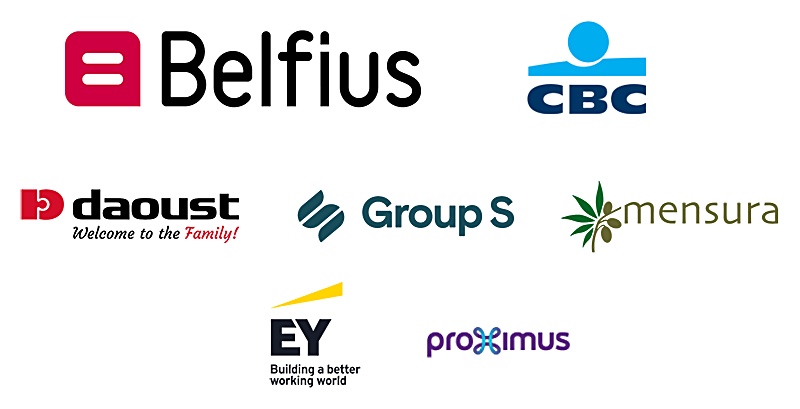Emmanuel Addeh in Abuja
According to a review of available data, revenues collected by the 11 electricity Distribution Companies (Discos) are projected to increase by approximately 38.8% in the first half of 2024 compared to the same period in 2023.
Although the data for the commercial performance of the Discos in June has not yet been released, recent months have shown a positive trend in revenue since the introduction of the new tariff for Band A customers, with monthly revenue hovering around N140 billion since April.
The Nigerian Electricity Regulatory Commission (NERC) and the National Bureau of Statistics (NBS) are the two key bodies that periodically publish results of Discos activities.
Based on the NERC figures, the electricity distributors cumulatively generated N515 billion in the first six months of 2023. However, in the same period of 2024, revenue could reach as high as N715 billion once the June data is made public.
A breakdown of the available figures reveals that the Discos collected N247.09 billion and N267.86 billion in the first and second quarters of 2023 respectively, resulting in a total of about N515 billion for the first half of that year.
However, this year’s projection suggests that the revenue collected by the Discos in the first six months of 2024 will amount to at least N715 billion, with an estimated revenue of N140 billion in June alone. This indicates an increase of approximately N200 billion compared to the previous year.
In April of this year, NERC ordered an upward review of electricity tariffs for Band A customers, resulting in a surge in revenue. This increase accounted for a significant portion of the rise in total revenue.
According to NERC, Band A customers represent 15% of the population but consume 40% of the nation’s electricity. The regulator also revised the number of feeders on the Band A tariff from 800 to 500. However, Bands B, C, D, and E will not be affected.
Despite the rise in revenue, Nigeria continues to face challenges in power generation and supply. In the first quarter of 2024, the total volume of electricity supplied by Discos to customers declined by 10.3% compared to the fourth quarter of 2023. On a year-on-year basis, electricity supply decreased by 1.41% in the first quarter of this year compared to the same period in 2023.
Compared to other countries, Nigeria’s power generation capacity is significantly lower. While Nigeria is only able to supply 4,000 to 5,000 megawatts of power to homes, countries like China, the US, and India generate several thousand times more electricity.
Nigeria’s plan to increase power generation and supply has been hindered by a lack of investment in the sector and the regulation or capping of tariffs by the federal government. Additionally, vandalism of electricity assets and widespread theft of electricity pose further challenges.
The Minister of Power, Adebayo Adelabu, recently announced that Nigeria aims to generate 6,000 megawatts of electricity by the end of this year. Adelabu highlighted the improvements made in the sector, including reaching a milestone of generating 5,000 megawatts of power in May 2024.
Adelabu emphasized that there have been several infrastructural upgrades in the past year, and the ongoing Presidential Power Initiative (PPI) is one of the programs aimed at improving power supply in Nigeria.

